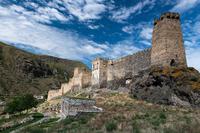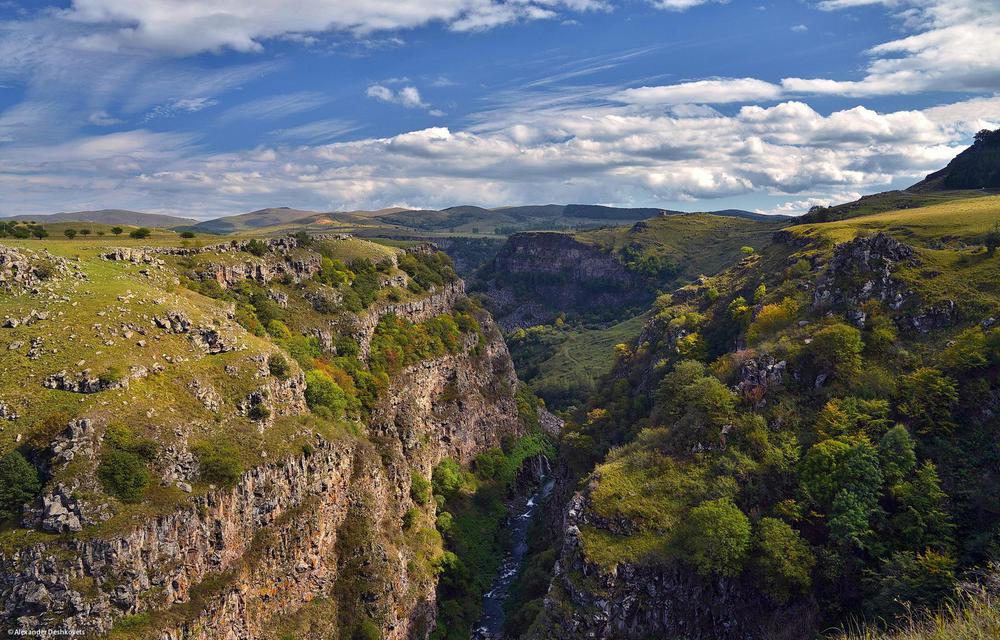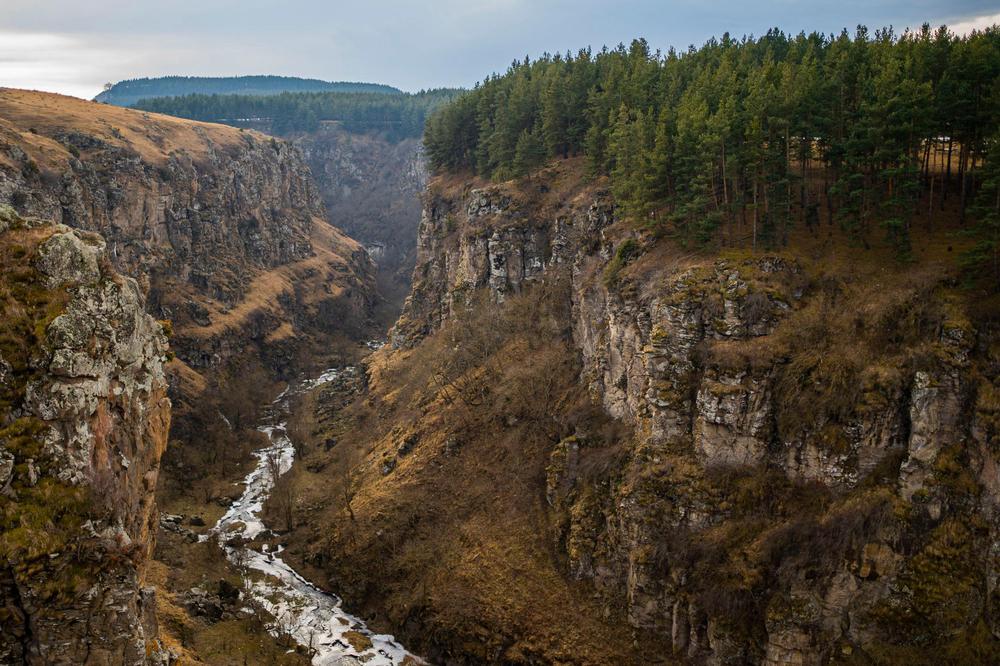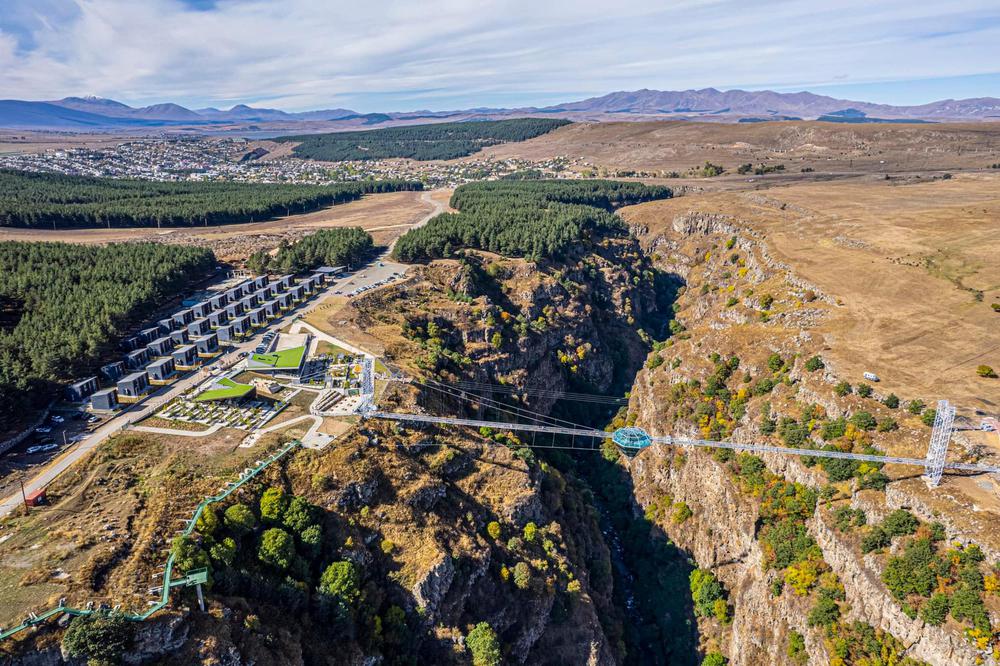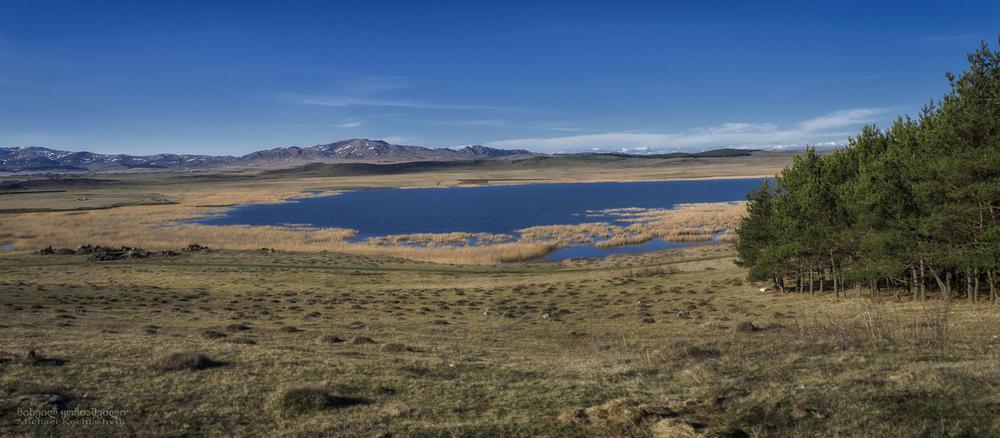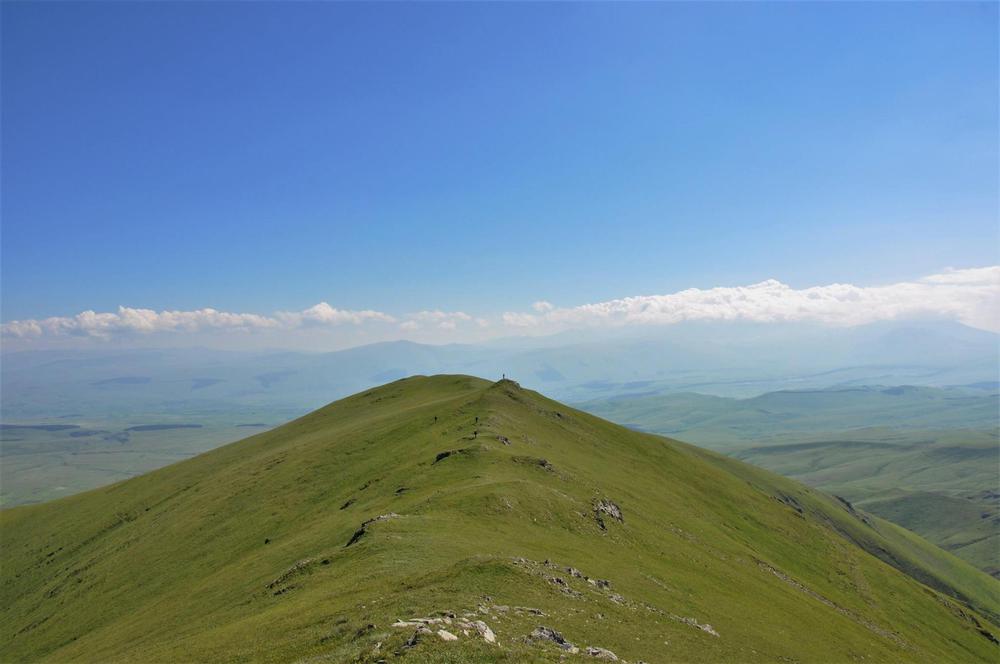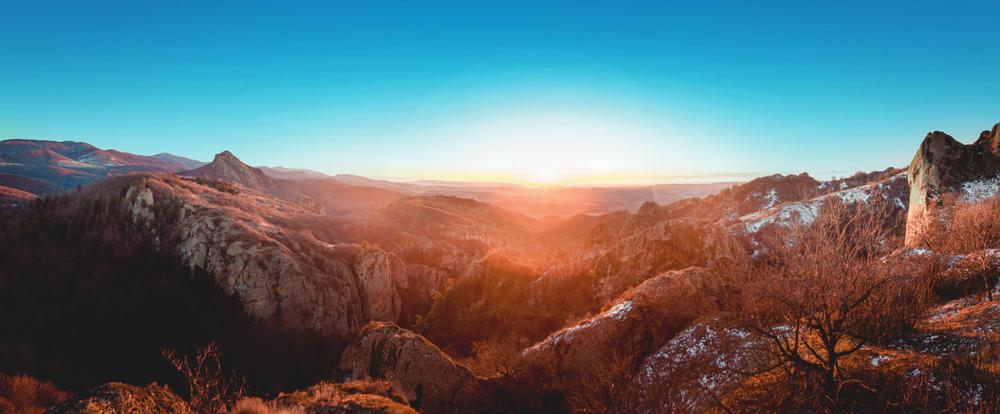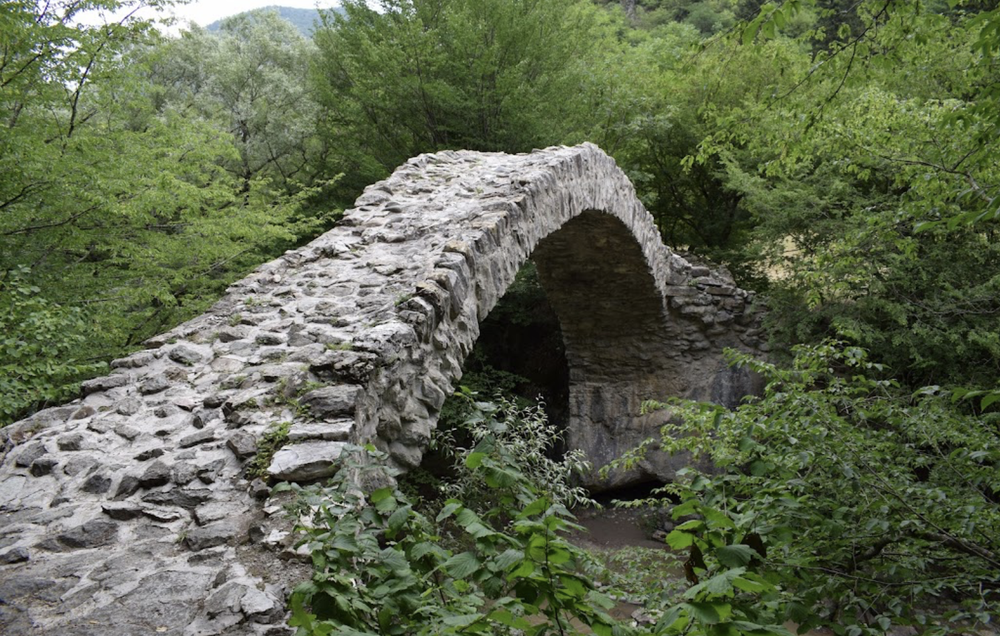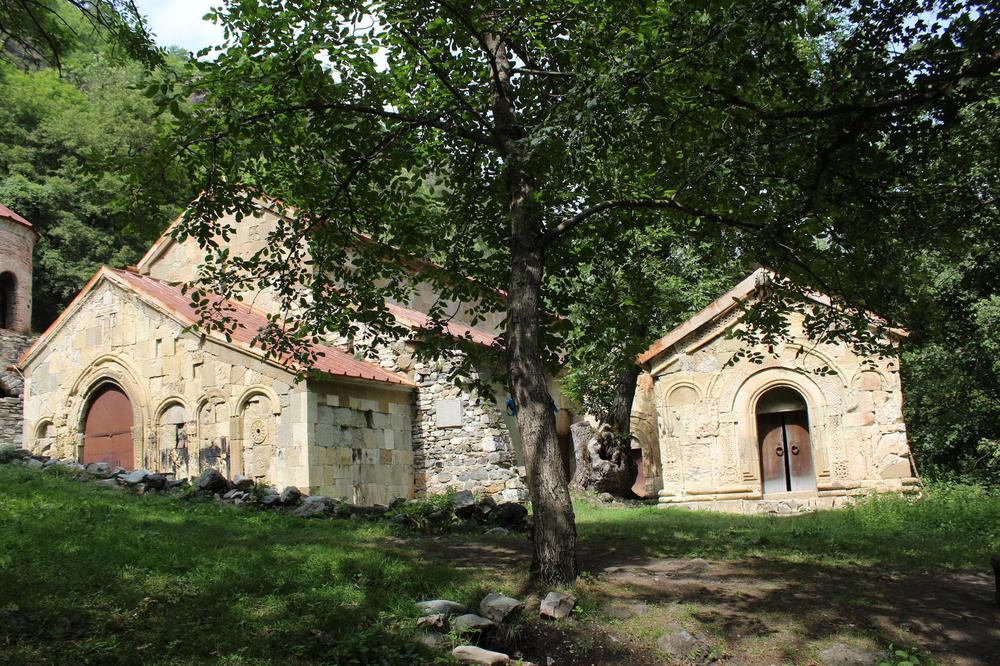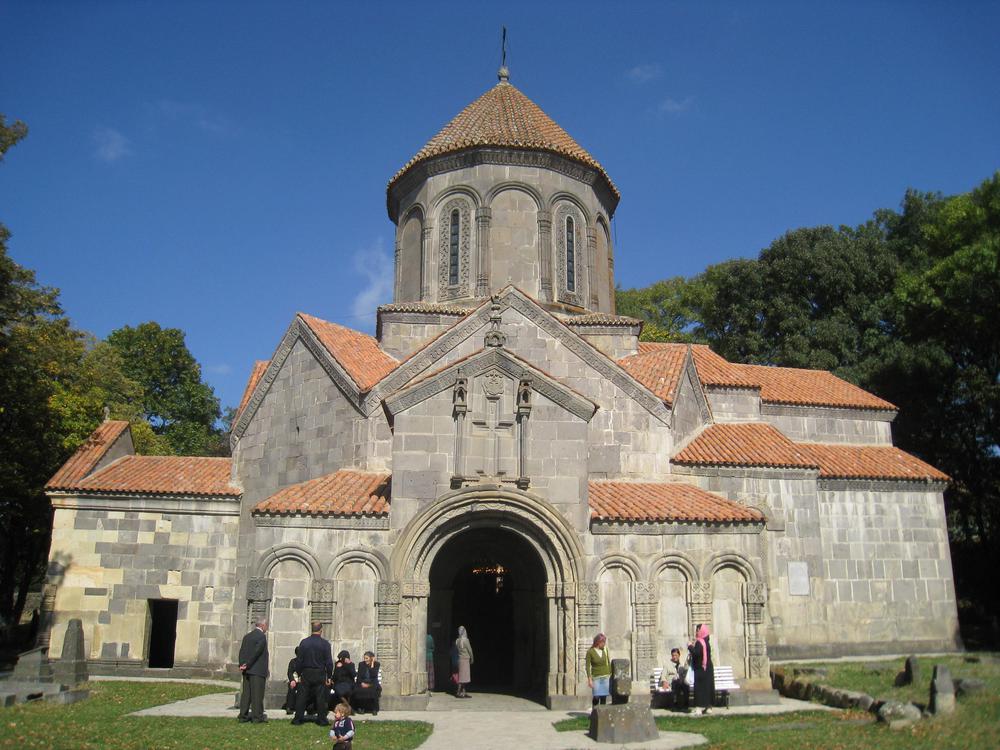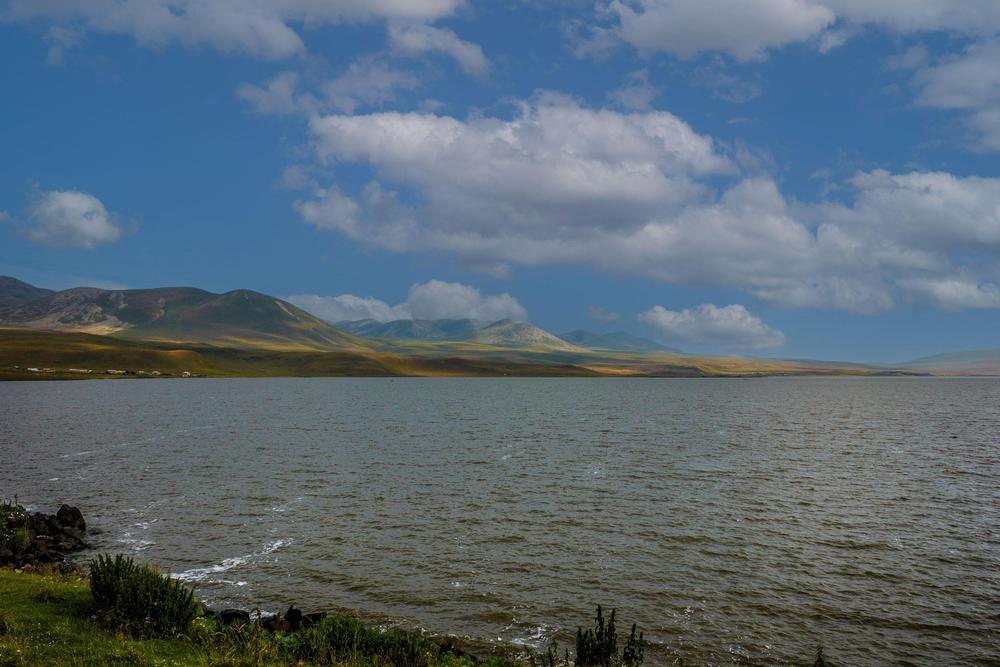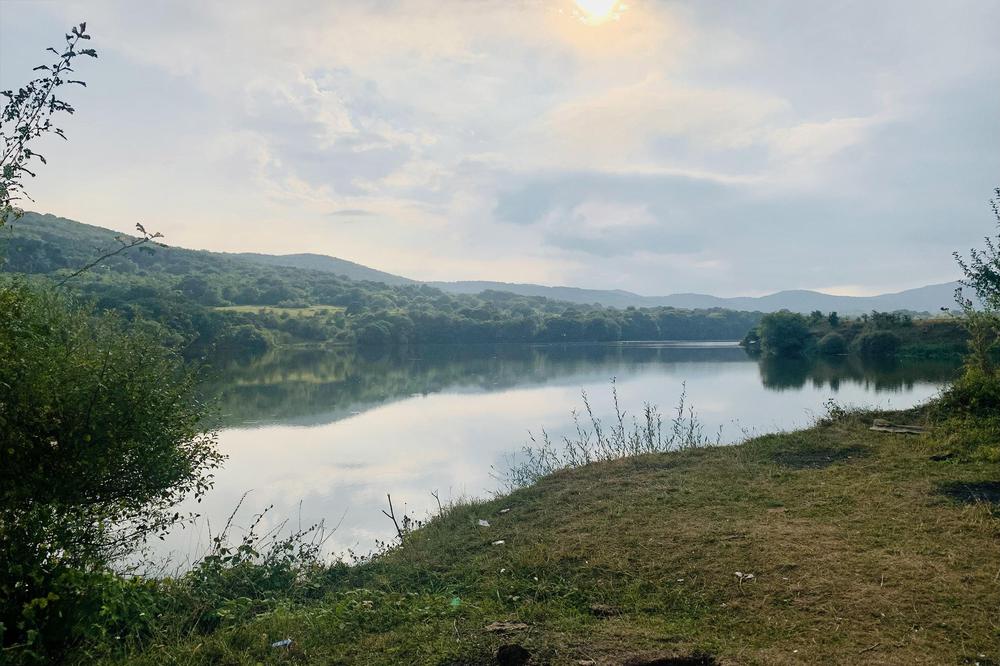Just 106 kilometers (66 miles) from Tbilisi, in the Kvemo Kartli region, resides a true Georgian gem - the Tsalka Reservoir. Resting high above sea level, precisely at 1,506 meters (4,941 feet), it proudly wears the crown as Georgia's largest reservoir with a maximum depth of 25 meters (82 feet). The reservoir was constructed in 1946 for energy purposes, notably for the Hydropower plants Khrami 1 and Khrami 2. Since then, its shimmering waters have faithfully mirrored the evolving sky, playing host to shifting seasons and fleeting moments.
Often referred to as the Khrami Reservoir, as it generously receives water from the Khrami River, Tsalka is nothing short of an angler's paradise. The diverse fish species thriving here include common carp, European eel, catfish, Varicorhinus capoeta, and European perch. What's more, it is also a safe haven for the endangered brown trout, recognized in the Red List of Endangered Species of Georgia.
Tsalka Reservoir holds its own unique climate, creating a distinctive experience for its visitors. In February, the water temperature drops to a brisk 0.2°C (32.36°F), transforming the reservoir into a frosted spectacle, while in August, the temperature climbs to a balmy 18.7°C (65.66°F). During the colder months, the reservoir's water surface can freeze to an astonishing 80 cm (31 inches) thickness, painting an ethereal winter landscape.
Submerged beneath the reservoir's rippling surface are the silent whispers of the past - remnants of a 10th-11th-century settlement. These hidden traces of history are revealed only when the water level decreases, forming a fascinating link between the natural and the historical.
Venturing beyond the reservoir's edges, one encounters the town of Tsalka to the southeast, surrounded by charming villages. The beauty of nearby Khadiki and Santi Lakes also adds to the area's allure, extending the potential for exploration.
For those intrigued by history, captivated by diverse natural beauty, or passionate about fishing, Tsalka Reservoir holds a wealth of experiences. It's a rich tapestry woven from natural charm, historical narratives, and human endeavor, inviting all to immerse in its unfolding story.

